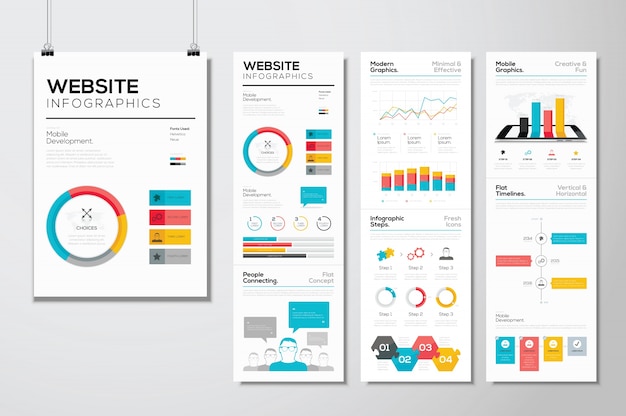Keen To Find Just How Internet Site Style Has Changed Gradually? Study The Evolution From Simpleness To User-Focused Experiences
Keen To Find Just How Internet Site Style Has Changed Gradually? Study The Evolution From Simpleness To User-Focused Experiences
Blog Article
Uploaded By-Tobiasen Clarke
In the past, internet sites were basic and focused on info. Navigating was straight, and design was for desktop computers. Currently, user experience is key. Data overviews designs for easy navigating. Responsive layouts fit different tools. Today, dark setting minimizes pressure, and minimalist food selections boost navigating. Interactive attributes involve individuals, and vibrant visuals attract attention. AI assimilation improves involvement. See exactly how layout has actually advanced to improve your online journey.
Early Days of Website Design
In the early days of website design, simpleness reigned supreme. Websites were basic, with limited colors, fonts, and layouts. The emphasis was on providing information rather than fancy visuals. Individuals accessed the net with slow dial-up links, so speed and functionality were vital.
Navigation menus were straightforward, generally situated at the top or side of the web page. Websites were developed for desktop computers, as mobile browsing wasn't yet widespread. Web content was king, and developers focused on very easy readability over intricate layout aspects.
click here to read was the key coding language made use of, and designers had to work within its restraints. Computer animations and interactive functions were very little compared to today's criteria. Websites were static, with little dynamic content or customized individual experiences.
Increase of User-Focused Design
With the evolution of web site design, a shift in the direction of user-focused design concepts has become significantly prominent. Today, creating websites that prioritize customer experience is vital for engaging visitors and attaining business objectives. User-focused layout includes recognizing the needs, preferences, and behaviors of your target audience to tailor the web site's format, web content, and includes accordingly.
Developers currently perform extensive study, such as individual surveys and use testing, to collect insights and responses directly from individuals. Highly recommended Internet site -driven strategy assists in developing intuitive navigating, clear calls-to-action, and visually enticing user interfaces that reverberate with site visitors. By putting the user at the center of the style process, websites can deliver an extra individualized and pleasurable experience.
Receptive layout has also become a key facet of user-focused layout, making sure that websites are enhanced for numerous devices and screen sizes. This adaptability enhances access and use, dealing with the diverse ways customers connect with websites today. In essence, the rise of user-focused design represents a shift towards producing electronic experiences that focus on the requirements and assumptions of the end individual.
Modern Trends in Website Design
Check out the most recent fads shaping website design today. One noticeable fad is dark setting style, using a sleek and modern-day appearance while lowering eye strain in low-light settings. Another key fad is minimal navigating, simplifying food selections and enhancing customer experience by focusing on essential elements. Incorporating micro-interactions, such as animated switches or scrolling effects, can develop an extra appealing and interactive web site. Receptive design stays essential, ensuring smooth customer experiences across various tools. In addition, utilizing strong typography and asymmetrical layouts can add aesthetic rate of interest and accentuate details material.
Integrating AI technology, like chatbots for client support or individualized referrals, enhances customer interaction and enhances procedures. Ease of access has additionally become a considerable pattern, with developers focusing on comprehensive layout methods to satisfy diverse individual requirements. Accepting sustainability by optimizing site performance for rate and performance is another emerging fad in website design. Teaming up with customer feedback and information analytics to repeat and enhance style continuously is important for remaining appropriate in the ever-evolving electronic landscape. By accepting these contemporary patterns, you can produce a visually enticing, easy to use web site that resonates with your audience.
Final thought
As you review the evolution of site style from the early days to currently, you can see exactly how user-focused style has become the driving pressure behind modern patterns.
Accept the trip of modification and adaptation in web design, constantly maintaining the customer experience at the center.
Stay present with the current patterns and modern technologies, and never stop developing your approach to create visually spectacular and easy to use internet sites.
Develop, adapt, and produce - the future of web design remains in your hands.
